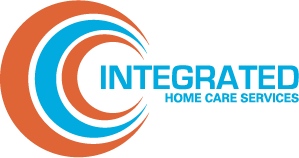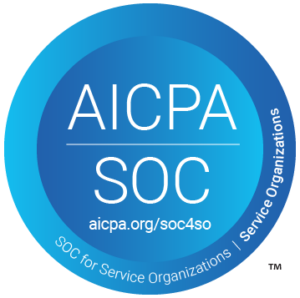For health plan leaders, partnering with an effective home care benefits manager not only ensures continuity and coordinated services—but also prioritizes value-based care. With the right partner, health plans can efficiently transition members into the most cost-effective and desirable setting: their homes. The best home care partners then drive further value by streamlining care delivery while ensuring the highest quality care is provided.
Here’s a closer look at six key ways a home care benefits manager drives value-based care:
Lowered total cost of care and reduced unnecessary utilization
Home care benefits managers, such as IHCS, have been proven to reduce unnecessary hospitalizations and readmissions, cut length of stay, and prevent many health crises that are harmful both to patients and to their health plans’ bottom lines. Instead of delayed discharge planning and uncontrolled readmissions and ED visits, for example, home care benefits managers work in partnership with health plans and providers to plan for hospital discharges, deliver timely and coordinated care, and align financial incentives among all parties.
Reduced administrative overhead and burden
Due to the many regulations around home care services, and the decentralized structure of the care delivery network, health plans typically allocate a significant workforce to manage the administration of home care services. However, a home care benefits manager serves as a seamless extension of the health plan team and assumes a wide range of tasks, such as applying qualification criteria, determining benefits, and managing utilization.
Although DME, home health, and home infusion are a small percentage of the healthcare premium, these aspects of member care are time-consuming and cumbersome for health plans to manage. A well-run home care benefits manager can more efficiently manage all of these services and free up staff, providing performance guarantees so that health plans can be assured that their staff and members are well served.
Improved care quality
The downstream advantages of enhanced care coordination are substantial. Coordinated care promotes patient well-being and facilitates smoother hospital discharges, leading to lower readmission rates and fewer emergency visits. But achieving that requires a company that has the expertise to apply the right criteria, accurately apply benefits, and ensure proper utilization management. When a home care benefits manager coordinates care with hospital staff—and discharge planning begins the day of admission—members and health plans benefit.
Under the fee-for-service model, providers are motivated by the volume of services rendered and patient reliance, allowing them to generate revenue consistently. Consequently, there’s little incentive for them to educate and empower patients towards self-sufficiency. By contrast, a home care benefits manager supports the patient in taking ownership to become more independent, with the help of family members, neighbors, or other close contacts.
Improved member and patient satisfaction
In 2021, CMS’ Star Ratings for Medicare Advantage plans began including Consumer Assessment of Healthcare Providers and Systems (CAHPS), making the member experience a far more important component of the overall rating. As a result, it is growing harder for health plans to maintain or achieve a 4-star rating. Beyond the ratings game, improving member satisfaction helps to reduce costly member churn.
Effective home care benefits managers enhance member satisfaction, by ensuring that patients are seen within 24-48 hours. The partner should also make outbound calls to patients frequently to ensure that they have received services and are satisfied. The partner should also monitor complaints to ensure the providers are meeting the service and care expectations of patients.
Fully-transparent, cross-sectional source of truth for information
Many health plans have encountered unchecked inflation in home care expenses. But since home care constitutes just a small part of their total medical expenditure, they frequently fail to acknowledge the problem until data is scrubbed.
By employing a third-party home care benefits manager like IHCS, health plan leaders gain a comprehensive referral and utilization management tracking system, which delivers complete visibility across all providers and patients. With IHCS, health plans gain a proprietary tracking system combined with other best-of-breed solutions to continually monitor and analyze the entire home care ecosystem.
Flexible, strategic network model that enables rapid scaling
A successful home care benefits manager can also help health plans scale rapidly as their membership expands and/or as the need for home care services grows, by allowing for better cost efficiency, improved outcomes, and even preventative care opportunities. IHCS improves service and achieves scalability by employing a large group of proprietary providers that are complemented by a credentialed provider network. Through this, health plan leaders experience less administrative burden and more access to quality providers and network management.











